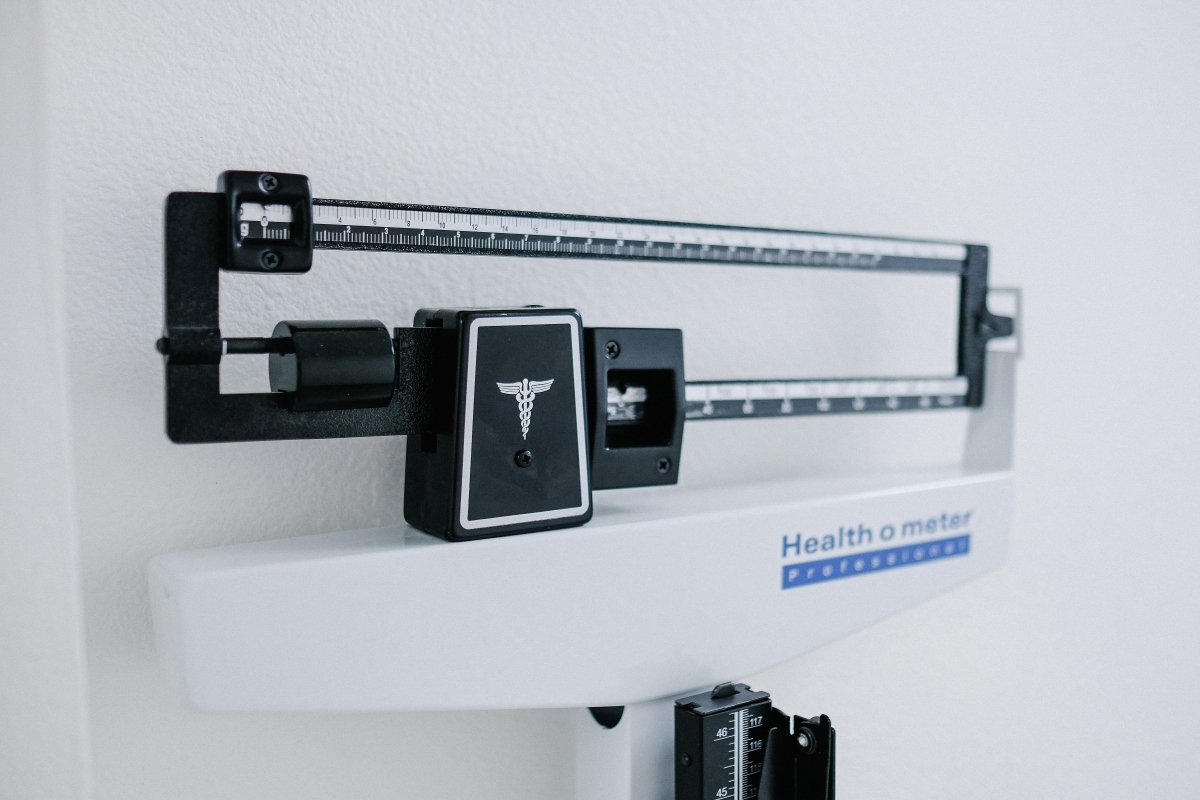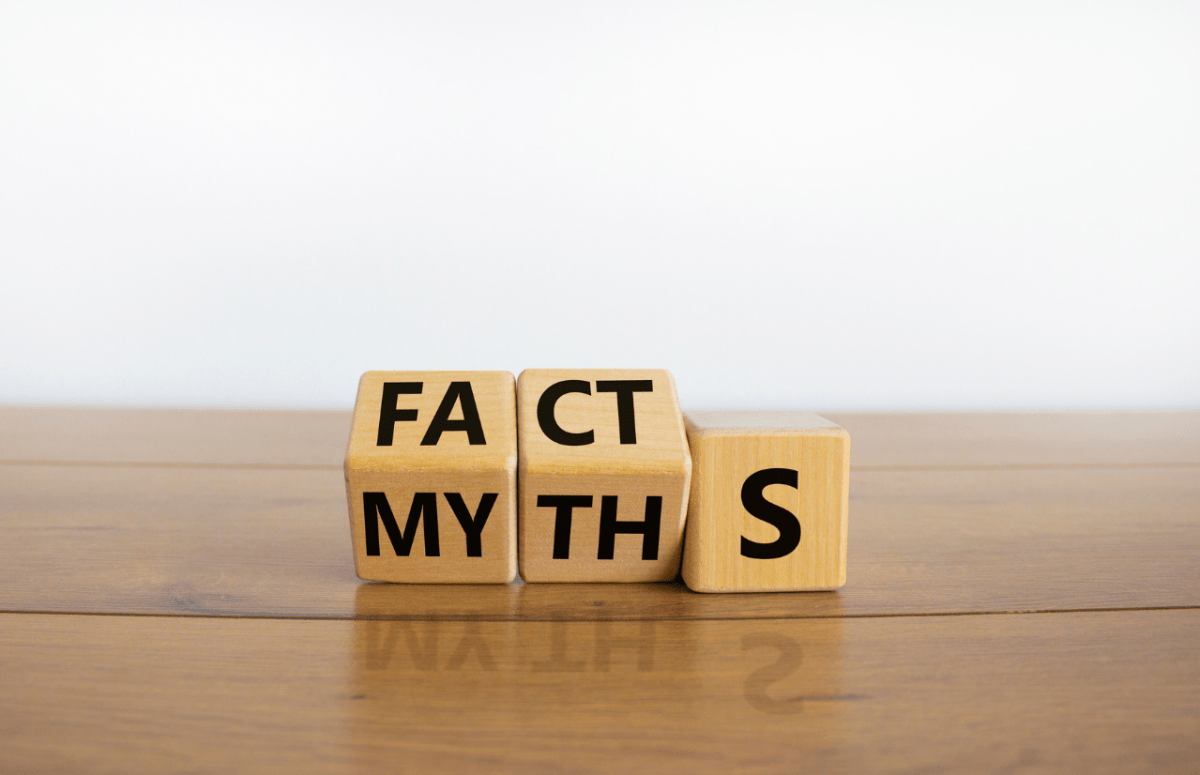Introduction:
In the realm of weight loss management, GLP-1 medications have emerged as a transformative tool, lauded for their unparalleled effectiveness. However, alongside their impressive outcomes, these medications bring about certain side effects, notably the depletion of muscle mass and a decline in metabolic rate. While these effects are primarily attributed to the rapid weight loss facilitated by GLP-1s rather than the medication itself, they warrant careful consideration for achieving sustained long-term success in weight management.
Challenges Post-GLP-1 Therapy:
Preserving adequate muscle mass and sustaining a healthy metabolic rate are pivotal, particularly when patients discontinue GLP-1 therapy. Unfortunately, adherence rates to these medications beyond the initial year are suboptimal, with only a third of patients continuing treatment. Upon cessation of GLP-1s, the body endeavours to regain lost weight through mechanisms such as metabolic slowdown and enhanced muscle efficiency, thereby presenting formidable challenges in weight maintenance.
The Role of Exercise:
To address these challenges effectively, it is imperative to integrate regular exercise into the treatment regimen, with a particular emphasis on resistance training. Beyond fostering muscle hypertrophy, resistance training serves to augment metabolic activity, thereby facilitating increased caloric expenditure during periods of rest. Moreover, it confers a plethora of ancillary health benefits, encompassing improvements in glycemic control, cardiovascular fitness, and psychological well-being.
Practical Approaches to Exercise:
Encouragingly, implementing effective resistance training protocols necessitates neither elaborate equipment nor protracted gym sessions. Rather, simple yet impactful exercises such as squats and wall push-ups can be executed within the comfort of one's home, requiring minimal equipment. Additionally, the concept of "exercise snacks," comprising brief bouts of physical activity interspersed throughout the day, holds considerable promise in optimising weight loss outcomes.
Conclusion:
Recognising the indispensable role of exercise in augmenting the efficacy of GLP-1 therapy, it is imperative to underscore its significance as an adjunctive component of comprehensive weight management strategies. Collaborating with healthcare professionals or certified physical activity specialists can facilitate the tailoring of exercise regimens to suit individual patient needs, thereby fostering a holistic approach to wellness.





Share:
Switching from Wegovy to Mounjaro: What You Need to Know
What to eat when on GLP-1s